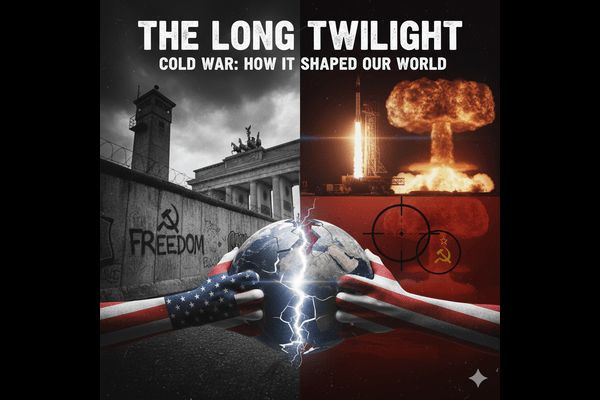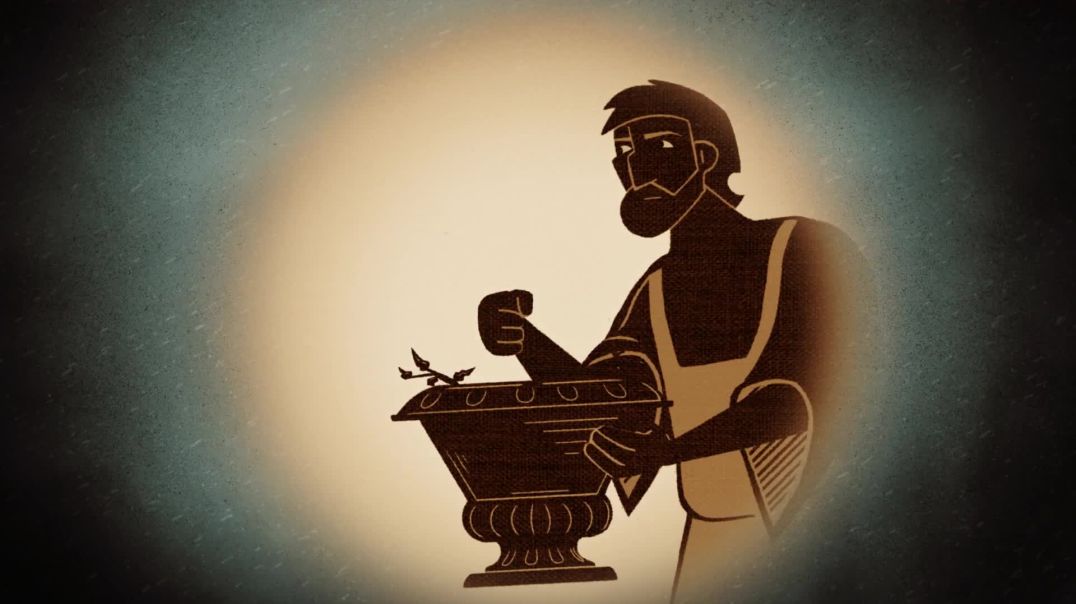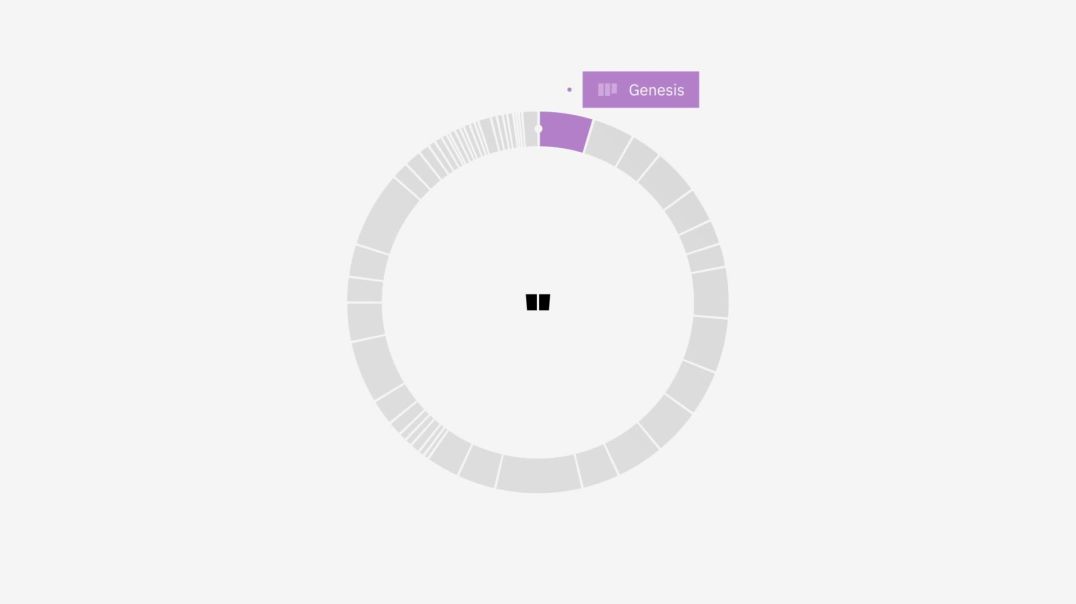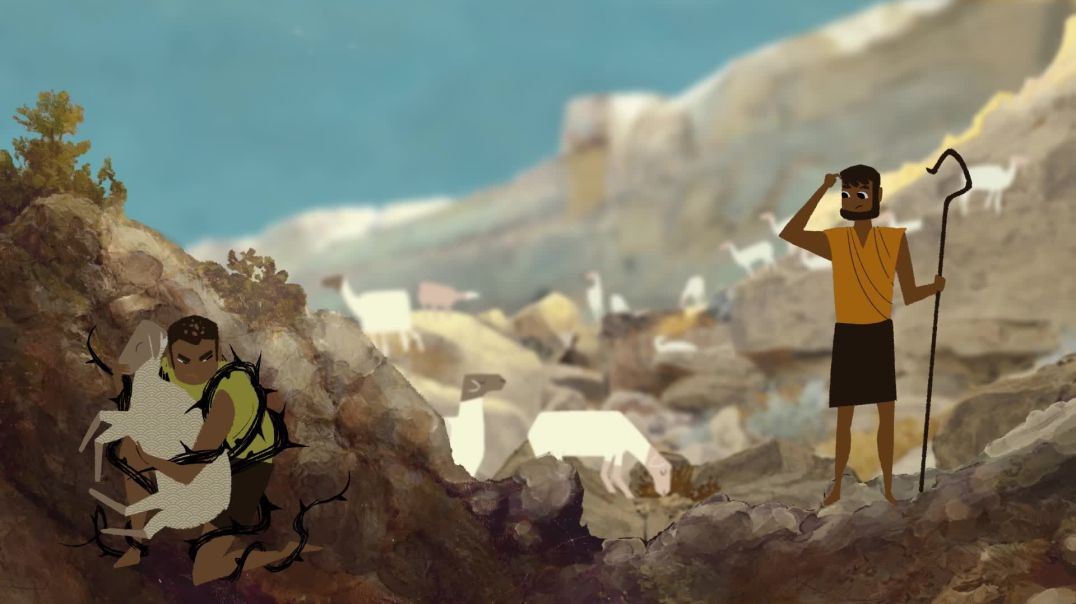Here is a 2000-word article about the Cold War.
The Long Twilight: How the Cold War Shaped Our World
For nearly half a century, the globe lived under the shadow of a conflict that was never formally declared and never truly fought, at least not directly, between its two main protagonists. This was the Cold War, a period of intense geopolitical, ideological, and economic rivalry between the United States and the Soviet Union that spanned from the ashes of World War II in 1945 to the collapse of the USSR in 1991.1
It was a "cold" conflict only in the sense that the US and USSR avoided a direct, large-scale "hot" war.2 In reality, it was a brutal and simmering struggle fought through devastating proxy wars, a crippling arms race, clandestine espionage, and a global battle for the "hearts and minds" of nations.3 It was a contest between two fundamentally opposing worldviews: the West's liberal democracy and capitalism versus the East's authoritarian communism and command economy.4 This struggle did not just divide Germany with a concrete wall; it cleaved the entire planet in two, creating a bipolar world that defined the second half of the 20th century.
From Allies to Adversaries: The Origins of the Freeze
The seeds of the Cold War were sown even before World War II had ended. The United States, the United Kingdom, and the Soviet Union were an "uneasy alliance," united only by their common enemy: Nazi Germany.5 Once that enemy was defeated, their deep-seated ideological differences surged to the forefront.
The Yalta (February 1945) and Potsdam (July-August 1945) conferences revealed these cracks. The "Big Three"—Franklin Roosevelt (later Harry Truman), Winston Churchill (later Clement Attlee), and Joseph Stalin—clashed over the future of post-war Europe. Stalin, whose country had been devastated by two German invasions in 30 years, was determined to create a "buffer zone" of friendly, communist-dominated states in Eastern Europe to protect Soviet borders. The Western leaders, particularly Truman and Churchill, saw this as a betrayal of promises for free elections and a clear sign of Soviet expansionism.
In 1946, Winston Churchill, visiting Missouri, gave a name to this new reality.6 He declared that "from Stettin in the Baltic to Trieste in the Adriatic, an iron curtain has descended across the Continent." This speech galvanized Western fears.
The US response was swift and decisive. In 1947, President Truman announced what became known as the Truman Doctrine.7 Pledging support to "free peoples who are resisting attempted subjugation," the US committed to a policy of containment—preventing the spread of communism anywhere else in the world.8 This was not just military; it was economic.9 The Marshall Plan (1948) pumped billions of dollars ($13 billion, over $150 billion in today's money) into rebuilding war-torn Western Europe.10 The goal was twofold: to create stable, prosperous democracies that could resist communist infiltration and to build strong trading partners for the United States. Stalin saw this as "dollar imperialism" and forbade any Eastern Bloc nation from accepting the aid. The divide was now economic as well as political.
The Iron Curtain Descends: Early Crises
The first major showdown occurred in the very heart of defeated Germany. The capital, Berlin, was divided into four sectors (US, British, French, and Soviet) but was located deep inside the Soviet-controlled zone of East Germany. In 1948, Stalin, angered by Western moves to create a separate West German state, decided to force the Western powers out. He blockaded all land and water access to West Berlin, cutting off 2.5 million civilians from food, fuel, and supplies.
The West's response was the Berlin Airlift.11 For nearly a year, American and British pilots flew over 270,000 missions, 24 hours a day, in all weather, dropping food, coal, and medicine to the beleaguered city. It was a staggering logistical triumph and a massive propaganda victory for the West. Stalin was forced to back down and lift the blockade in May 1949.12 The crisis had two immediate, lasting consequences:
-
The creation of two separate German states: the democratic Federal Republic of Germany (West Germany) and the communist German Democratic Republic (East Germany).13
-
The formation of the North Atlantic Treaty Organization (NATO) in 1949, a formal military alliance binding the US, Canada, and Western European nations to a policy of mutual defense.14 An attack on one was an attack on all.
The Soviet Union responded in 1955 by creating its own military alliance, the Warsaw Pact, formalizing its control over the Eastern Bloc nations (Poland, Czechoslovakia, Hungary, etc.). The two armed camps were now solidified.15
The geopolitical landscape shifted seismically again in 1949. First, the Soviets successfully detonated their own atomic bomb, ending America's nuclear monopoly and officially starting the nuclear arms race.16 Second, in China, Mao Zedong's communist forces won the civil war, creating the People's Republic of China.17 To the US, it looked as if the "dominoes" of containment were already beginning to fall. This fear soon led to the first major "hot" conflict of the Cold War: the Korean War (1950-1953).18 When communist North Korea, backed by the USSR and China, invaded South Korea, the US led a United Nations coalition to push them back.19 The war ended in a brutal stalemate at the 38th parallel, the original border, but it militarized the Cold War and proved that the superpowers were willing to shed blood—just not each other's—to defend their spheres of influence.
The Nuclear Sword of Damocles: Brinkmanship and MAD
The 1950s and early 1960s were dominated by an escalating arms race of terrifying proportions.20 After the atomic bomb came the hydrogen bomb (H-bomb), a thermonuclear weapon hundreds of times more powerful. The US tested its first in 1952; the Soviets followed in 1953.
This led to the grim logic of Mutually Assured Destruction (MAD). Both sides built up vast arsenals of intercontinental ballistic missiles (ICBMs), submarine-launched missiles, and long-range bombers, creating a "nuclear triad."21 The idea was that if one side launched a first strike, the other would still have enough surviving weapons to launch a devastating retaliatory strike, ensuring the annihilation of both. Peace, paradoxically, was maintained by the shared threat of extinction.
This competition for supremacy extended beyond weaponry and into the heavens.22 The Space Race became a powerful proxy for ideological superiority.23 The world was stunned on October 4, 1957, when the Soviet Union launched Sputnik 1, the first artificial satellite.24 This small, beeping sphere caused a crisis of confidence in the US, which feared a "missile gap" and promptly created NASA (1958). The Soviets scored another victory in 1961 when Yuri Gagarin became the first human in space.25 In response, President John F. Kennedy famously committed the US to landing a man on the Moon by the end of the decade—a goal triumphantly achieved by Apollo 11 in 1969.
The tension of this era reached its absolute peak in October 1962. After the failed US-backed Bay of Pigs invasion of Cuba (1961), Soviet Premier Nikita Khrushchev secretly moved nuclear missiles to Fidel Castro's Cuba, just 90 miles from the Florida coast.26 When US spy planes discovered the sites, the world held its breath for thirteen days. The Cuban Missile Crisis was the closest humanity has ever come to nuclear war.27 Kennedy's administration established a naval "quarantine" (a blockade) of Cuba, and US forces went to their highest state of alert.28 After an agonizing standoff, a deal was struck: the Soviets would remove their missiles from Cuba in exchange for a public US pledge not to invade the island and a secret agreement to remove US missiles from Turkey.29 The crisis terrified both leaders and led to a "hotline" between Washington and Moscow to prevent future miscalculations.
Global Battlegrounds and a Thaw
The Cuban Missile Crisis led to a period of détente, or a relaxation of tensions. But the global competition continued, especially in the "Third World"—the newly decolonizing nations of Asia, Africa, and Latin America, which both superpowers tried to pull into their orbit.
The most devastating of these proxy wars was the Vietnam War (1955-1975). Following the French withdrawal, Vietnam was divided, like Korea, into a communist North and a US-backed South.30 Fearing the "domino theory," the US steadily increased its involvement, moving from military advisors under Kennedy to over 500,000 combat troops under Lyndon B. Johnson. The long, brutal guerilla war, televised for the first time, deeply divided American society and shattered the post-WWII consensus on foreign policy. The 1975 fall of Saigon to North Vietnamese forces was a humiliating defeat for the United States and a powerful symbol of the limits of superpower might.31
Despite the bloodshed in Vietnam, the 1970s saw a genuine attempt at détente. President Richard Nixon, a staunch anti-communist, stunned the world by visiting China in 1972, opening relations to exploit the growing split between the two communist giants.32 That same year, he visited Moscow and signed the SALT I (Strategic Arms Limitation Talks) treaty, the first major agreement to limit the growth of nuclear arsenals. The Helsinki Accords of 1975 further solidified borders in Europe and included commitments to human rights.33
This thaw proved short-lived. In 1979, the Soviet Union invaded Afghanistan to prop up a failing communist government.34 For the US, this was an aggressive expansionist move that shattered détente. The US, in response, boycotted the 1980 Moscow Olympics and began to secretly fund and arm the Afghan "mujahideen" fighters—a decision that would have profound consequences decades later.35
The Thaw and the Collapse: The Wall Comes Down
The early 1980s saw a "Second Cold War."36 US President Ronald Reagan adopted a hardline stance, famously calling the Soviet Union an "evil empire."37 He initiated a massive US military buildup and proposed the Strategic Defense Initiative (SDI), or "Star Wars"—a futuristic space-based system to shoot down nuclear missiles. While technologically unfeasible, SDI was a psychological and economic blow to the Soviets, who knew they could not afford to compete in another high-tech arms race.
The real agent of change, however, came from within the Soviet Union itself. In 1985, Mikhail Gorbachev became the new Soviet leader. He was a younger, more dynamic figure who recognized that the USSR was on the brink of collapse. The economy was stagnant, crushed by the arms race and the centralized, inefficient bureaucracy. The war in Afghanistan was a draining "Soviet Vietnam."
Gorbachev introduced two revolutionary policies:38
-
Glasnost (Openness): A policy of political liberalization, allowing for greater freedom of speech, press, and dissent.
-
Perestroika (Restructuring): A series of economic reforms to introduce market-like elements, decentralize control, and combat corruption.
Gorbachev's goal was not to end communism but to save it by making it more efficient and humane. But in doing so, he uncorked a bottle that had been pressurized for decades. Glasnost allowed people across the Eastern Bloc to voice long-suppressed frustrations and nationalist sentiments.39
In a crucial break with the past, Gorbachev made it clear that the Soviet Union would no longer use military force to keep its satellite states in line (what one official jokingly called the "Sinatra Doctrine"—they could "do it their way"). This was the green light. In 1989, the dominoes fell with astonishing speed. Poland's "Solidarity" movement won free elections.40 Hungary opened its border with Austria, creating a hole in the Iron Curtain.41
The symbolic climax came on November 9, 1989. After weeks of mass protests, the overwhelmed East German government abruptly announced that its citizens were free to cross into West Berlin. That night, joyous crowds from both East and West swarmed the Berlin Wall—the most potent symbol of the Cold War—and began to tear it down with hammers and chisels. It was an event broadcast live across the world, a euphoric end to a dark era.
The end came swiftly. The revolutions of 1989 swept communism from power across Eastern Europe.42 Within the Soviet Union itself, glasnost had empowered nationalist movements in republics like Lithuania, Latvia, and Estonia.43 In August 1991, hardline communist officials, desperate to stop the reforms, staged a failed coup against Gorbachev.44 This backfired spectacularly, destroying Gorbachev's authority and making a hero of Boris Yeltsin, the president of the Russian republic.45 On December 25, 1991, Mikhail Gorbachev resigned as president of a country that no longer existed.46 The Soviet flag was lowered from the Kremlin for the last time, and the Cold War was over.
The Legacy of a Bipolar World
The Cold War's end was so sudden that it left the world scrambling to adapt. It left the United States as the world's sole superpower and seemingly validated liberal democracy and capitalism as the "end of history."
But the legacy of those 46 years is complex and enduring. The trillions of dollars spent on the arms race left both superpowers with massive debts, but it also funded the technological research that led to the internet (ARPANET), GPS, and the microchip. The "nuclear taboo"—the unwritten rule that nuclear weapons must never be used in combat—is a direct result of the terrifying logic of MAD.
The conflicts of today are deeply rooted in the Cold War's chess game. The instability in the Middle East and the rise of radical groups like Al-Qaeda are, in part, a consequence of the US arming the mujahideen in Afghanistan. The unresolved tension on the Korean peninsula is a frozen relic of the 1950s. The current frictions between Russia and the West are shaped by the expansion of NATO into former Warsaw Pact territory.
The Cold War was more than a rivalry between nations; it was a global psychological condition. It shaped culture, from the spy novels of John le Carré to the paranoia of Dr. Strangelove.47 It created a generation that lived with the ambient anxiety of nuclear annihilation.48 It proved that a war does not need to be "hot" to claim millions of lives, shape borders, and define the trajectory of human history. The "long twilight struggle," as Kennedy called it, is over, but we are all still living in the world it built.








